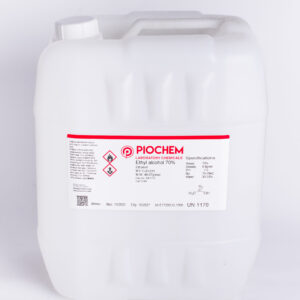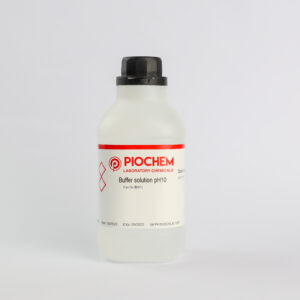Thymolphthalein is a white, crystalline solid that is used as an acid-base indicator. It is colorless in acidic solutions and turns blue in basic solutions. The pH range for the color change is 9.3 to 10.5.
Thymolphthalein is a terpene lactone, which means that it is a compound that contains a lactone ring, which is a cyclic ester. It is soluble in alcohol and acetone, but it is insoluble in water.
Thymolphthalein is used in a variety of applications, including:
- Titrations: It can be used to determine the concentration of an acid or base by adding it to a solution of the unknown substance and observing the color change.
- pH meters: It is used in pH meters to calibrate the instrument.
- Clinical tests: It is used in some clinical tests, such as the Benedict’s test for sugar in urine.
- Textile dyeing: It is used as a dyeing agent for textiles.
Thymolphthalein is generally considered to be safe, but it can cause some side effects, such as skin irritation and nausea. It is also a carcinogen in animals, but it is not known to be a carcinogen in humans.
Here are some additional information about thymolphthalein:
- Its molecular formula is C28H30O4.
- Its CAS number is 125-20-2.
- Its melting point is 245 degrees Celsius.
- Its solubility in water is 0.001 g/100 mL.





Reviews
There are no reviews yet.